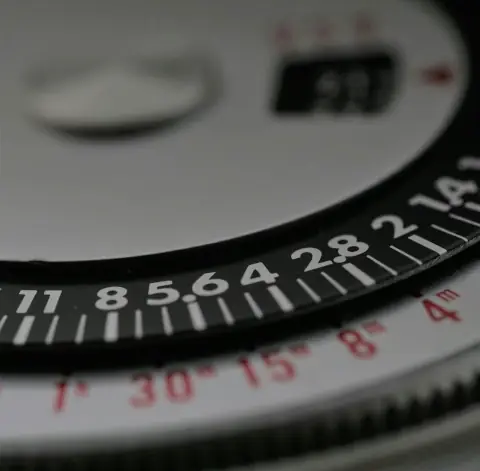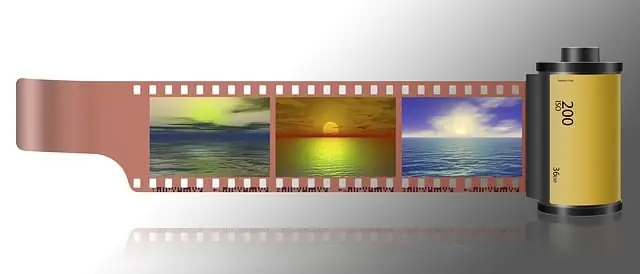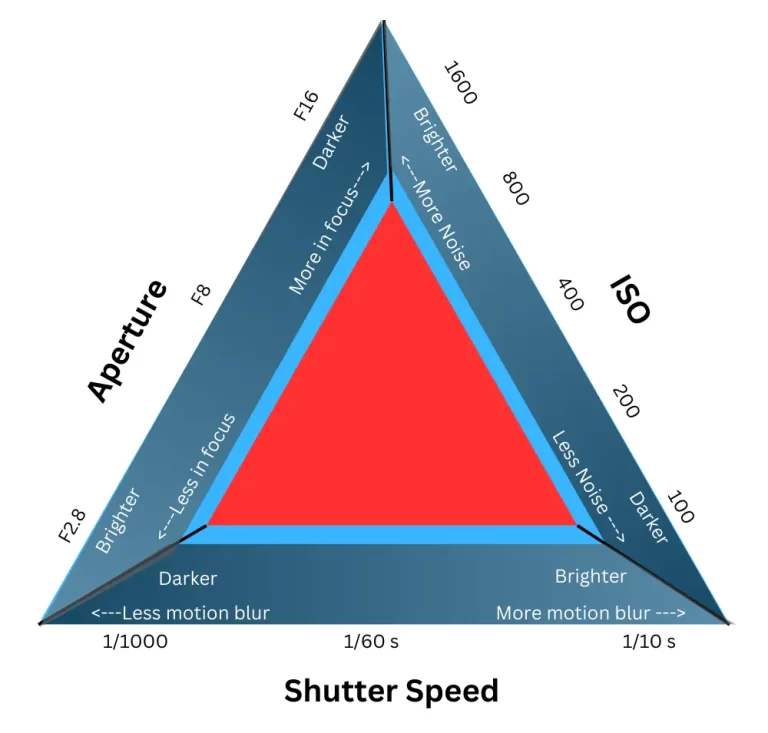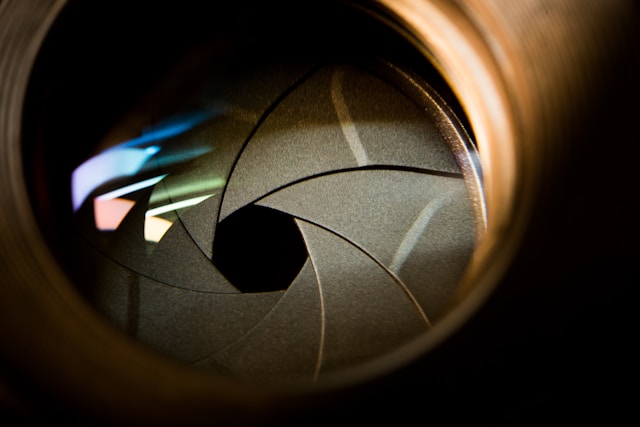Getting Started- Focus mode uses
It is frustrating in photography to have a great scene in your viewfinder and take the picture only to find that your image is out of focus. Some guidelines can help to start understanding focus mode uses.
Modern cameras offer more and more different modes and options. The many options make some situations easier, but learning the systems is harder. There has to be a simple starting point. You only learn which modes to use when you use the wrong one in a similar situation. As with anything else in life, excellence comes through practice.
Autofocus (AF) Modes
Single Autofocus Mode (AF-S / One-Shot AF)
In this mode, choose a single focus point. Half pressing the shutter button activates the focus system. Moving until the focus locks. Then, the focus stays locked until the shutter is released or let go and half-pressed again. Therefore this mode is suitable for many scenes where the subject is not moving, or moving slowly. Landscape, still life, some portraits, and studio are common genres that use this mode. Additionally, this mode typically favors focus priority, meaning the shutter won’t open unless focus is locked on.
Continuous Focus mode(AF-C, Servo)
This mode constantly adjusts the focus using the selected point. Adjusting as subjects change their distance from the camera. Use continuous focus for wildlife, sports, and anywhere your subject moves faster than single focus can keep up. This mode can be set to either focus priority or release priority where the shutter can fire even if focus isn’t acquired.
Use by lining up a selected focus point over your desired subject in the viewfinder and tracking as it moves, while holding down the shutter or focus button. Fully pressing captures an image or images while the focus continues to adjust.
Many cameras have variations of this mode. They all have different behaviors to make tracking subjects easier. Some of these include; 3d tracking, group, face, eye, animal, and animal eye detection.
Continuous is the most powerful focusing mode on modern cameras. Tracking moving subjects well.
Back-Button Focus
Setting up a dedicated button on the back of the camera to activate the focus lets you have more control over when the camera focuses. Allowing the use of focus and recompose methods without changing the mode to single. Letting your finger off the button stops the camera from searching for a lock, holding where it is when the button releases. Setting a different button decouples focus operation from metering and exposure settings.
Automatic Focus modes
Automatic modes are the opposite of the manual mode. The camera assesses the scene. It selects the mode between single and continuous, the point to use, and focuses on what it “thinks” is the subject.
Most people start here at some point no matter how briefly. Since cameras are always becoming smarter, it helps to know what it is capable of. It can get things right, but it often misses our intent. It is frustrating to argue with the camera over where it chooses to focus.
Manual Focus mode
Sometimes the prevalence of technology just gets in the way of what we are trying to capture. In these times manual focus can save us. It is best when critical focus is paramount and time is available to get it set right. This helps in macro photography, landscape, still life, and any other genre where the process is more important than fast results.
Slowing down the process to deliberately select a focus area. First selecting the aperture to control the depth of field. Secondly placing focused and out-of-focus areas within the composition.
Manual focus can be enabled by making the proper menu selection, or by buttons or switches on the camera. Some systems have several ways to achieve the same result. Some lenses even adjust without disabling autofocus.
Manual focus can allow the usage of less expensive lenses that may not be compatible with your autofocus systems. Adapters are widely available to adapt lenses to many camera types.
Distance Scale
Many lenses have a distance scale on the lens showing the distance that the lens is focusing at and moving with the lens focus ring. Labeled by the aperture of the lens. Predominantly useful with wide angle lenses, because of more dof (depth of field).
Live View
Observing the live view to manually focus allows you to zoom into the image and adjust until the focus is where you want. While also giving a preview of sorts of the depth of field from the selected aperture.
Other Methods
Hyperfocal distance is the distance where everything farther away is sharply focused. Wide-angle lenses are usually used for this method. Every focal length/aperture combination has a hyperfocal distance. Longer lenses are usually impractical to use this way.
Focus Peaking is a feature found on some cameras that gives you visual feedback on what is in focus. Some focus peaking can be seen in the viewfinder as a scale with bars showing the direction to go with a confirmation light once the focus is best. Others use overlays on displays highlighting the most focused areas; while shifting the overlay as the focus moves.
Conclusion
Understanding focus modes can help you take better photos. Choosing the right focus mode can make a big difference in your photography.
Single shot (AFS, One shot, etc) For static subjects not moving much or at all
Continuous (AFC, Servo, etc) for any moving subjects
Manual focus for Macro (close up), landscapes, for the experience, or any time when focus becomes more important than time.
Practice with your chosen camera to learn the quirks of any individual system. When you find something your skill can’t figure out, dive deeper into the camera settings to see if a solution is available.




